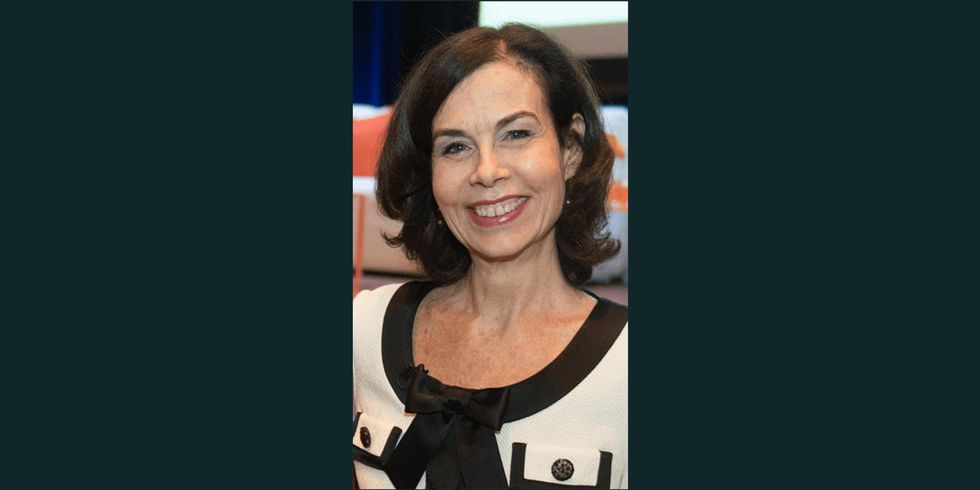While women remain significantly underrepresented in government, there is at least one adjacent field in which they have achieved gender parity in leadership: the universe of democracy reform and bridge-building organizations.
In its 2021 Diversity Report, the Bridge Alliance found that half of the executives leading its 100 member organizations are women. (Disclosure: The Fulcrum is a program within the Bridge Alliance, which brings together organizations working toward a healthy democracy.)
To mark Women’s History Month, The Fulcrum is spotlighting just some of the women leading these organizations.
Lindsay Bressman
Executive Director, Civic Spirit
"I am truly blessed to have been taught a fundamental principle from my mom, granny, and mother-in-law: Show up, roll up your sleeves, get to work, and be kind while doing it. Every minute is a gift; let gratitude be the inspiration and motivation to participate."













































